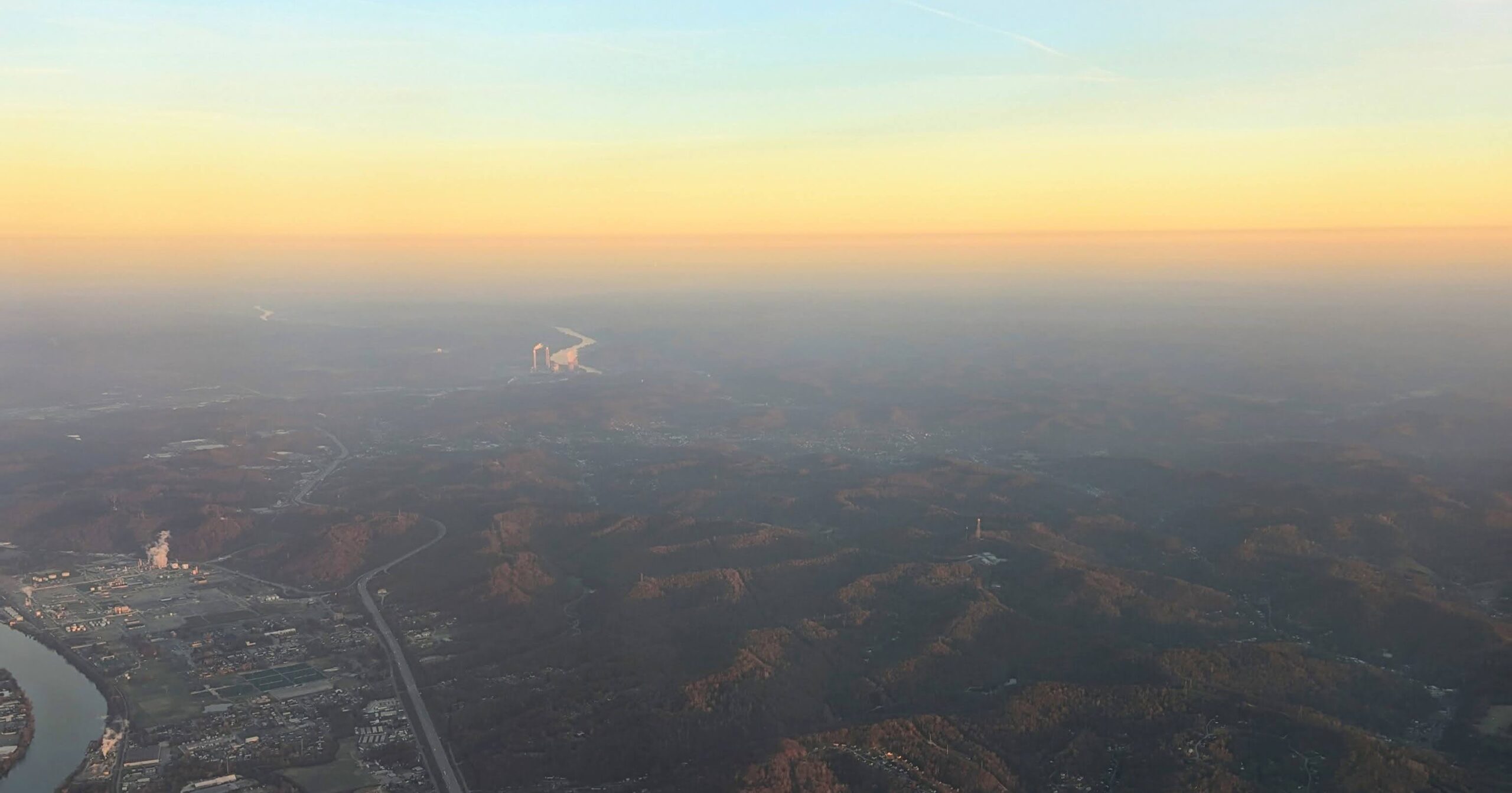Empowering Appalachian Residents to Protect Their Health
Real-Time Air Quality Monitoring in the Chemical Valley
Project Overview
The Kanawha Valley Community Air Quality Monitoring Project spearheads the initiative to tackle grave air pollution concerns largely inspired by the recent reports from residents of the Rutledge area of Charleston, West Virginia. Widely known as the “Chemical Valley” after the chemical plants that have built the industry, the impact of the region’s emissions is elusive without proper monitoring. In the Rutledge area, the community has seen its residents grappling with health issues due to raw natural gas leaks, with the primary culprits being toxic volatile organic compounds (VOCs) from abandoned gas and hydrogen sulfide (H2S) injection wells in the neighborhood. Thanks to community donors and to the generous funding from the Center for International Environmental Law and the West Virginia Rivers, we have successfully acquired 12 PurpleAir sensors. The journey has begun with increasing Charleston’s community air quality sensors from 0 to 2. Our ultimate aim is to achieve a network of at least a dozen sensors to constantly monitor the baseline air quality in Kanawha County and to raise alarms regarding hazardous pollutants.
Historical Context – “Chemical Valley”


Kanawha County, or the “Chemical Valley”, has been an epitome of the adverse impacts that extractive and pollutive industries can have. With industrial and chemical facilities peppered throughout the valley, the constant threat of accidental releases looms large, in addition to the continuous impacts of emissions. Adding to the complications are the train tracks lining the Kanawha River, known to transport coal and petrochemical products, losing a significant amount of coal dust in the process. Our aim is to bolster the air monitoring mechanisms, ensuring that each PurpleAir monitor consistently reports particulate matter and VOC levels.
The Oil & Gas Well Crisis
Most West Virginians live dangerously close to an active oil and gas well, with over half of the population being within a mile’s radius. The region of Appalachia is littered with over 180,000 low-producing oil and gas wells, making them the most significant contributors to well-site methane pollution in the country. With a staggering 3,303 polluting wells, Kanawha County stands as the top county in West Virginia in terms of the sheer number of these wells. The ensuing health impact cannot be understated. The state sees high prevalence rates of heart attack, coronary heart disease, cancer mortality, and chronic respiratory diseases.
Rutledge Gas Leaks

The communities in the Crouch Hollow Mountain and Rutledge area have borne the brunt of significant health issues due to air pollution. Preliminary investigations have pointed towards raw natural gas leaks from abandoned wells in the locality. One glaring concern is the lack of comprehensive data on these abandoned wells and the paucity of air quality information. By strategically positioning our Purple Air Monitors around these problematic zones, we aim to provide data that the community can leverage to tackle these leaks and other sources of pollution.
Wildfire Smoke Pollution


2023 saw the Canadian wildfires wreak havoc not just locally, but its effects were felt far and wide. As the smoke from these fires spread, communities in the Midwest, Northeast, and even central and north-central Appalachia were affected. The dearth of Purple Air monitors in West Virginia has made it challenging to gauge the real impact of this wildfire smoke on local communities. Our initiative will enable more accurate monitoring of such events and ensure that the community remains informed and prepared.
West Virginia has its own wildfires that the Kanawha Valley air quality sensor network measured as well in the Fall of 2023.
Our Future Vision
The Kanawha Valley Air Quality Monitoring Project is more than just an initiative; it’s a vision for a healthier future for the residents of the valley. By expanding our network of air quality sensors, we will not only ensure continuous monitoring but also foster a more informed and empowered community, ready to face and overcome environmental challenges.

Join us in our endeavor and let’s pave the way towards a cleaner, safer, and healthier Kanawha Valley.








